This is a technical introduction about CNC milling parts. For more introductions, please click: manufacturer details, all categories,CNC Milling Part,CNC Turning Part,CNC Aluminum Part
What is CNC Milling
CNC milling is a manufacturing process that uses computer numerical control (CNC) machines to shape solid materials such as metals and plastics. It is a subtractive process that starts with a solid block of material and removes material until it achieves the desired shape. CNC milling is a versatile process that can produce complex shapes, intricate details, and precise tolerances. It is used in the production of parts such as aerospace components, medical implants, automotive parts, and consumer goods. CNC milling machines can be programmed to cut a variety of materials, including metals, plastics, composites, wood, and foam.
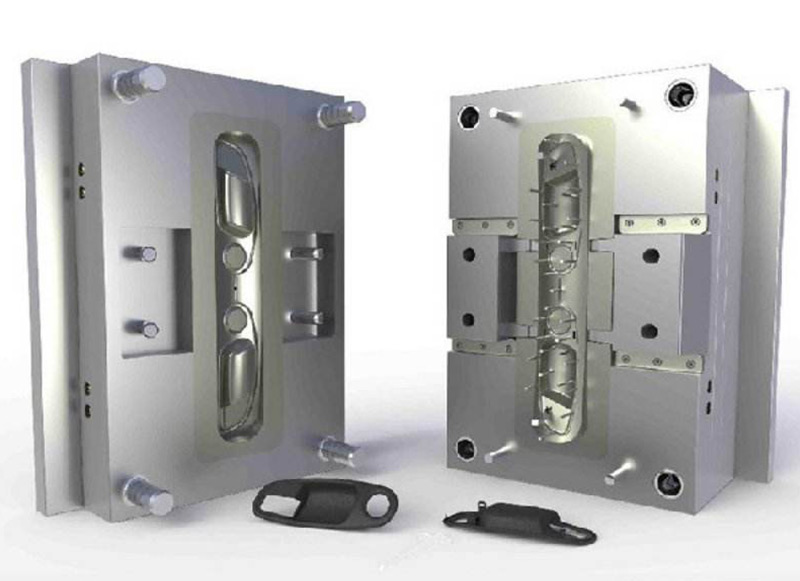
How does CNC Milling work
CNC (Computer Numerical Control) milling is a process in which a computer is used to control the movement of a toolhead in order to create a desired shape in a block of material. The computer controls the movement of the toolhead by issuing instructions to servo motors which move the toolhead in the X, Y, and Z axes. The instructions are typically issued in the form of a G-code program, which tells the machine what type of tool is being used and what type of material is being machined. The toolhead can be equipped with a variety of different cutting tools, including end mills, routers, drill bits, and other specialized cutting tools. Once the toolhead is in position, the computer will instruct the spindle speed and the feed rate, which determines how quickly the toolhead moves across the material and how much material is removed with each pass. After the CNC milling process is complete, the finished part is typically checked with a measuring device such as a caliper or a coordinate measuring machine (CMM) to ensure that it meets the desired specifications.
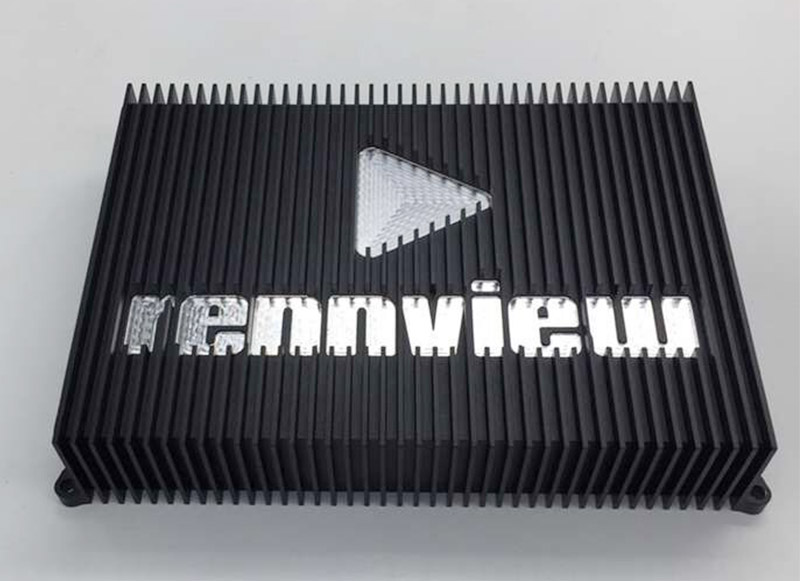
What is the Process of CNC Milling
The process of CNC milling typically consists of the following steps:
1. Programming: The CNC milling machine is programmed with a computer-aided design (CAD) file or other programming language.
2. Setup: The CNC milling machine is prepared for machining by mounting the desired tooling, setting the cutting parameters, and preparing the workpiece. This may involve jigging the workpiece or setting up fixtures.
3. Machining: The CNC milling machine then begins to machine the workpiece according to the programmed instructions. This may involve cutting, drilling, tapping, reaming, and other operations.
4. Finishing: The workpiece is then finished according to the desired specifications. This may involve deburring, polishing, or other operations.
5. Quality Control: Finally, the workpiece is checked for quality and accuracy. If necessary, adjustments can be made to the program or the machine settings to improve the quality of the finished product.
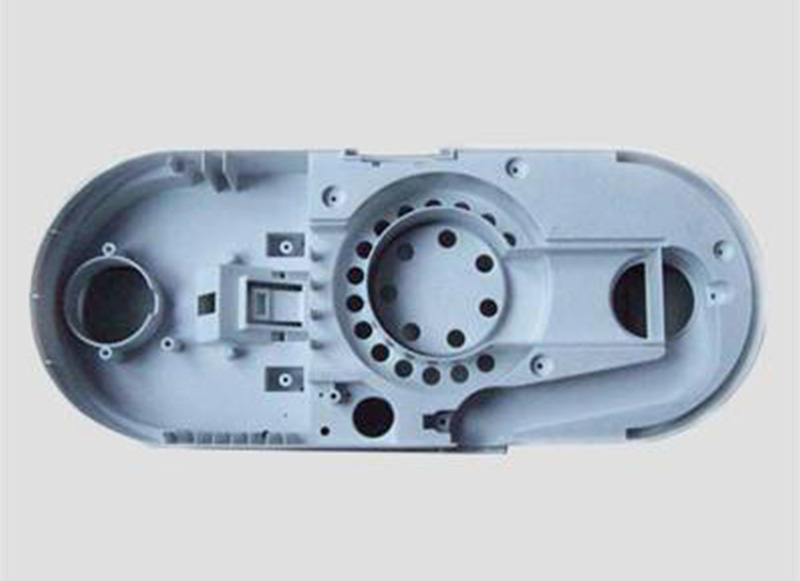
What are the Applications of CNC Milling Aluminum
1. Automotive Components: CNC milling aluminum is commonly used in the production of a wide range of automotive components, such as engine blocks, cylinder heads, transmission cases, and wheel rims. These components require precision in order to ensure the safety and performance of the vehicle.
2. Aerospace Components: CNC milling aluminum is also often used to produce aerospace components, such as airframes, landing gear, and turbine blades. As these parts must be able to withstand extreme temperatures and pressures, precision is essential.
3. Medical Devices: CNC milling aluminum is also used to produce a variety of medical devices and instruments, such as implants, prosthetics, and surgical instruments. The production of these components requires high levels of precision and accuracy in order to ensure patient safety.
4. Industrial Components: CNC milling aluminum is often used to produce a range of industrial components, such as machine parts, tools, and fixtures. These components require precision to ensure they function correctly and safely.
5. Electronics: CNC milling aluminum is also commonly used to produce a wide range of electronic components, such as circuit boards, connectors, and housings. These components must be highly accurate in order to function correctly.
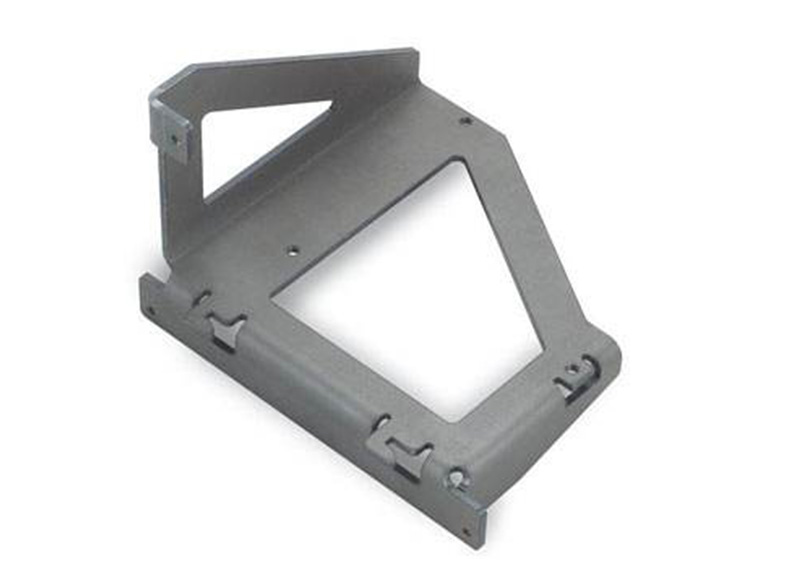
What are the Surface Finishes of CNC Milling Aluminum
1. Anodizing: Anodizing is a popular surface finish for CNC milled aluminum parts. Anodizing creates a corrosion and wear resistant layer on the surface of the part. This finish is achieved by dipping the part in an electrolytic bath and applying an electric current. The result is a part with a hard, protective, and visually appealing layer of aluminum oxide.
2. Sandblasting: Sandblasting is a process used to create a matte finish on CNC milled aluminum parts. This process involves using an abrasive material, such as aluminum oxide or steel shot, to blast the surface of the part. The result is a part with a uniformly textured matte finish.
3. Powder Coating: Powder coating is a popular choice for CNC milled aluminum parts. This process involves applying a dry powder, usually a mix of plastic and pigment, to the surface of the part and then baking it in an oven. The result is a part with a hard, uniform, and durable finish.
4. Bead Blasting: Bead blasting is a process used to create a uniform matte finish on CNC milled aluminum parts. This process involves using an abrasive material, such as glass beads or stainless steel shot, to blast the surface of the part. The result is a part with a uniformly textured matte finish.
5. Polishing: Polishing is a process used to create a smooth, glossy finish on CNC milled aluminum parts. This process involves using a buffing wheel and a polishing compound to buff the surface of the part. The result is a part with a glossy, reflective finish.
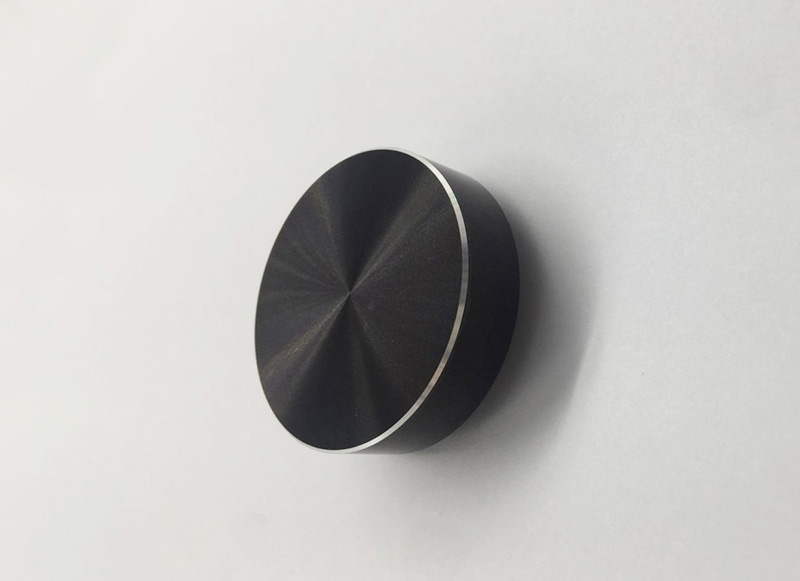
What are the most suitable materials for CNC Milling
The most suitable materials for CNC Milling are typically metals, such as aluminum, stainless steel, titanium, brass, copper, and certain plastics. Depending on the application, other materials such as wood, composites, and foams can also be milled. The type of material and the complexity of the project will determine which type of milling tool should be used. In general, softer materials require less cutting force, while harder materials require more cutting force. Additionally, it is important to choose the right type of cutting tool for the material being machined, as this will affect the quality of the finished product.
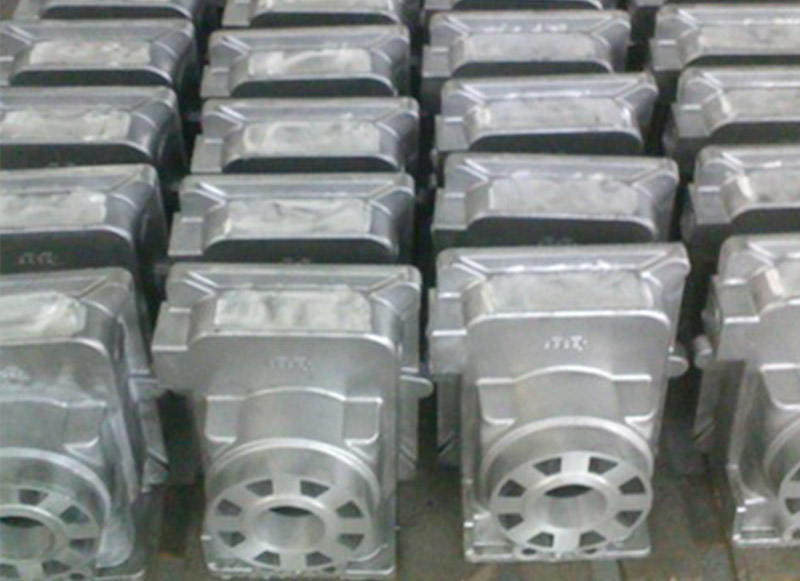
Why is CNC Milling Important
CNC Milling is an important process in the manufacturing industry and is used to create parts with complex geometries. It is a versatile process that can produce parts with a high degree of precision and accuracy. CNC Milling is used to create a wide range of components, from large structural parts to tiny components like medical implants. It can also be used to create complex shapes and intricate details.
The CNC Milling process is advantageous because it is an automated process that can be performed quickly and accurately. It can create components with complex geometries with minimal waste and minimal time. CNC Milling machines are also more precise than manual processes, allowing for more precise and accurate parts. This is particularly important for industries like aerospace and medical, where precision is essential. CNC Milling also eliminates the need for manual labor, which can reduce costs and increase efficiency.

How to achieve fast results in CNC Milling
1. Use high-speed cutting tools: Make sure to use high-speed cutting tools with a low helix angle and a large flute count. This will reduce chatter and improve the surface finish of the workpiece.
2. Use a rigid machine: Make sure the CNC milling machine is rigid and well-maintained. This will reduce vibration, improve accuracy, and help you achieve fast results.
3. Use multiple flutes: Use multiple flutes on your cutting tools to reduce the number of passes required to complete a job. This will reduce cycle time and improve the overall speed.
4. Use coolant: Using a coolant will help to reduce heat buildup and extend the life of the tool. This can result in faster machining times.
5. Use a high feed rate: Make sure to use a high feed rate, as this will allow for faster cutting speeds.
6. Use the right cutting parameters: Make sure to use the right cutting parameters for the material you’re machining. This will help to ensure that the machine operates at optimal speeds and produces the desired results.

What are the cutting tools used for CNC Milling
1. End Mills: End mills are the most common type of cutting tool used for CNC milling. They are usually made from high speed steel or carbide and come in a variety of sizes, shapes, and profiles. End mills are used for making slots, contours, pockets, and more.
2. Face Mills: Face mills are used for machining large, flat surfaces, and they can be used to cut straight down or in an arc pattern. They typically have a flat bottom and several cutting edges.
3. Drill Bits: Drill bits are used for creating holes in materials, and they come in a variety of sizes, shapes, and styles.
4. Reamers: Reamers are used for creating precise holes in materials, and they come in a variety of sizes, shapes, and styles.
5. Counterbores and Countersinks: Counterbores and countersinks are used for creating countersunk holes in materials. They come in a variety of sizes, shapes, and styles.
6. Tap and Die Sets: Tap and die sets are used for creating threads in materials. They come in a variety of sizes, shapes, and styles.

What makes the cost of CNC Aluminum Machining parts different
The cost of CNC Aluminum Machining parts can vary widely depending on the complexity of the part, the size of the part, and the number of parts being manufactured. Additionally, the cost can be affected by the type of machining used, the material of the part, and the lead time. The cost may also be affected by the type of finish or coating that is applied to the part. Finally, the cost can be affected by the choice of tooling and the type of cutting fluid used.